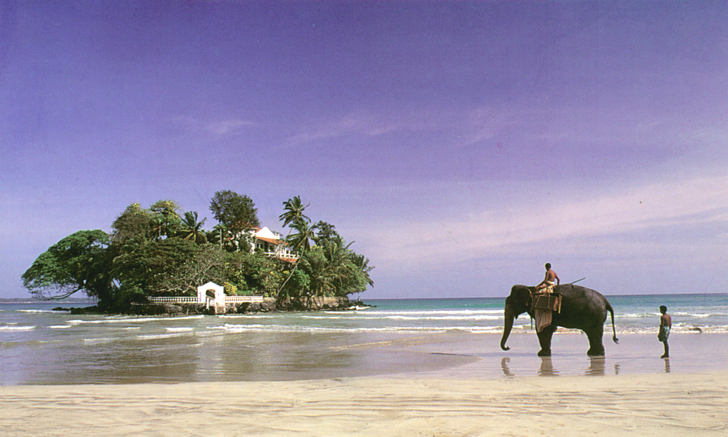Pearl of the Indian Ocean
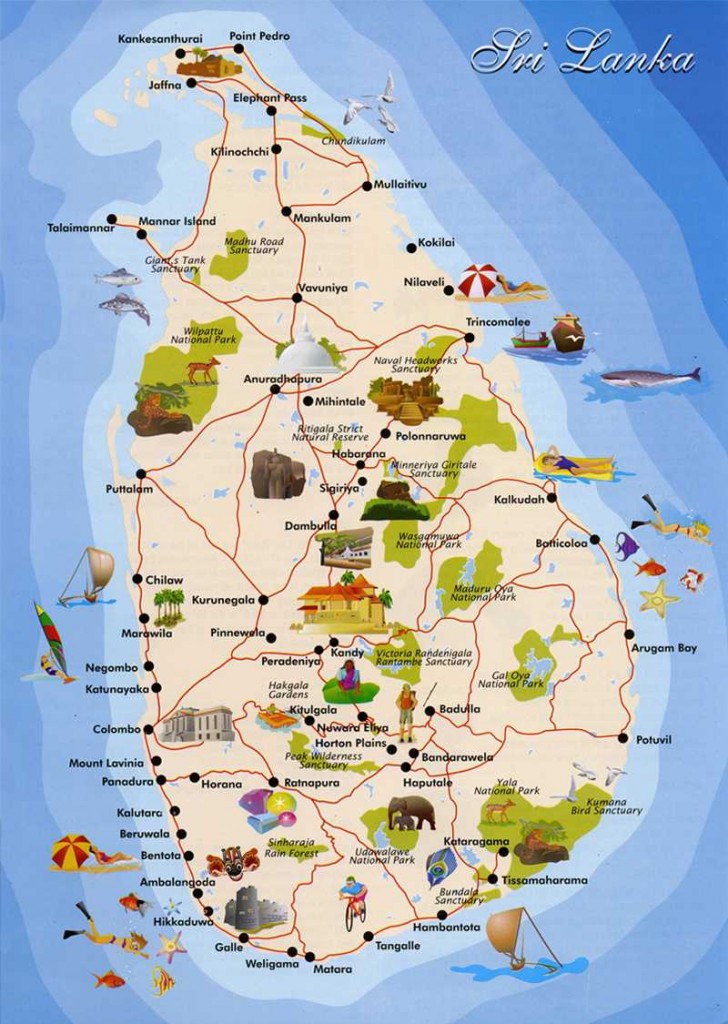
Set in the Indian Ocean in South Asia, the tropical island nation of Sri Lanka has a history dating back to the birth of time. It is a place where the original soul of Buddhism still flourishes and where nature’s beauty remains abundant and unspoilt.

Sri Lanka was first settled by modern humans around 35,000 years ago and possibly earlier. The most ancient of the inhabitants may have been the ancestors of the Veddas, an aboriginal people (numbering about 2,000) now living in jungle areas near Maduru Oya National Park, east of the central hills. They were conquered in the 6th cent. B.C. by the Sinhalese, who were originally from N India; the Ramayana, the ancient Hindu epic, probably reflects this conquest. The Sri Lanka chronicle Mahavamsa relates the arrival of Vijaya, the first Sinhalese king, in 483 B.C.
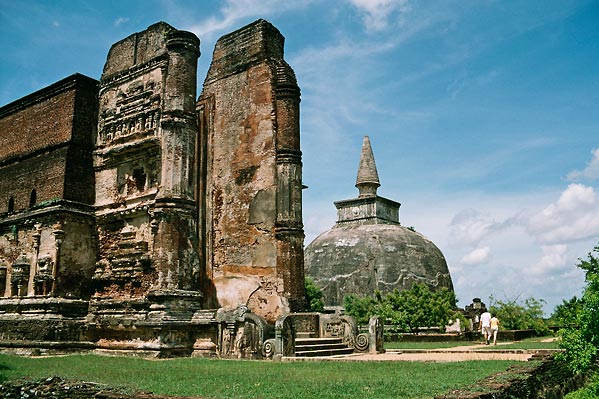
The Sinhalese settled in the north and developed an elaborate irrigation system. They founded their capital at Anuradhapura, which, after the introduction of Buddhism from India in the 3d cent. B.C., became one of the chief world centers of that religion; a cutting of the pipal tree under which Buddha attained enlightenment at Bodh Gaya was planted there. The Temple of the Tooth at Kandy as well as the Dalada Maligawa are sacred Buddhist sites. Buddhism stimulated the fine arts in Sri Lanka, its classical period lasted from the 4th to the 6th centuries.

The proximity of Sri Lanka to S India resulted in many Tamil invasions. The Chola of S India conquered Anuradhapura in the early 11th cent. and made Polonnaruwa their capital. The Sinhalese soon regained power, but in the 12th cent. a Tamil kingdom arose in the north, and the Sinhalese were driven to the southwest. Arab traders, drawn by the island’s spices, arrived in the 12th and 13th cent.; their descendants are the Muslim Moors.
The Portuguese conquered the coastal areas in the early 16th cent. and introduced the Roman Catholic religion.
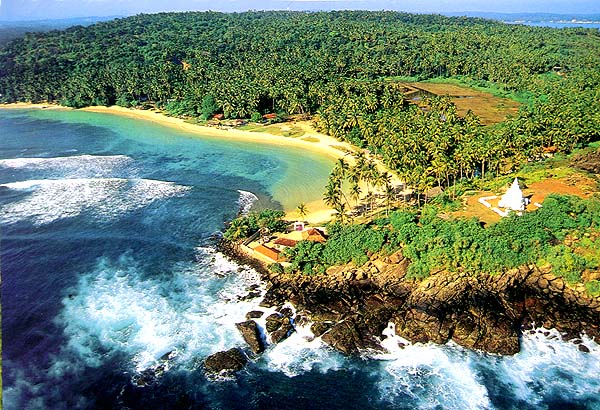
By the mid-17th cent. the Dutch had taken over the Portuguese possessions and the rich spice trade.
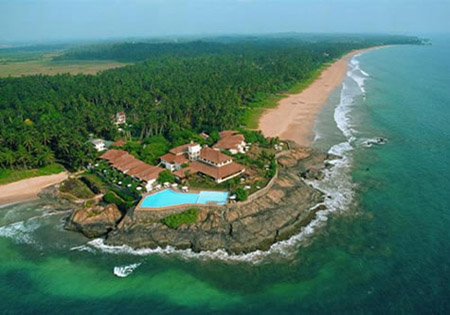
In 1795 the Dutch possessions were occupied by the British, who made the island, then known as Ceylon, a crown colony in 1798. In 1815 the island was brought under one rule for the first time when the central area, previously under the rule of Kandy, was conquered.

Under the British, tea, coffee, and rubber plantations were developed, and schools, including a university, were opened. A movement for independence arose during World War I. The constitution of 1931 granted universal adult suffrage to the inhabitants; but demands for independence continued, and in 1946 a more liberal constitution was enacted.
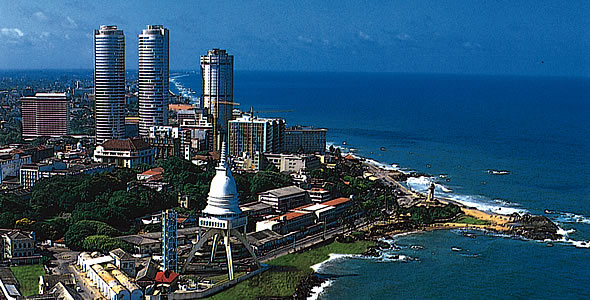
Full independence was finally granted to the Ceylon on Feb. 4, 1948, with dominion status in the Commonwealth of Nations.
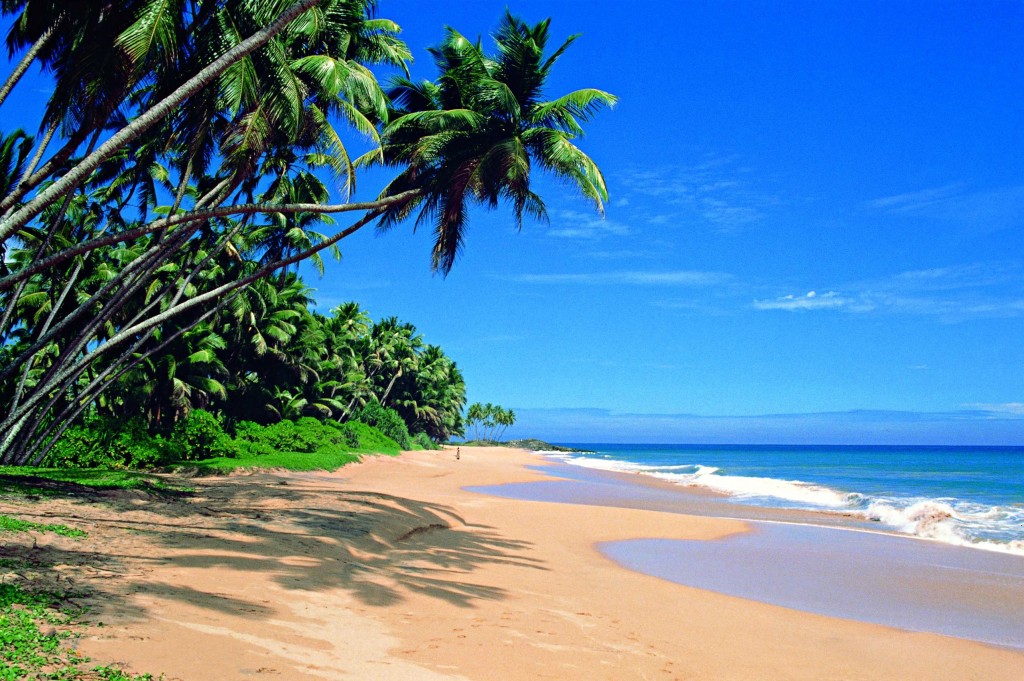
Few places in the world can offer the traveller such a remarkable combination of stunning landscapes, pristine beaches, captivating cultural heritage and unique experiences within such a compact location. Within a mere area of 65,610 sq.km lie 1,600 km of palm fringed coastline , much of it pristine beaches
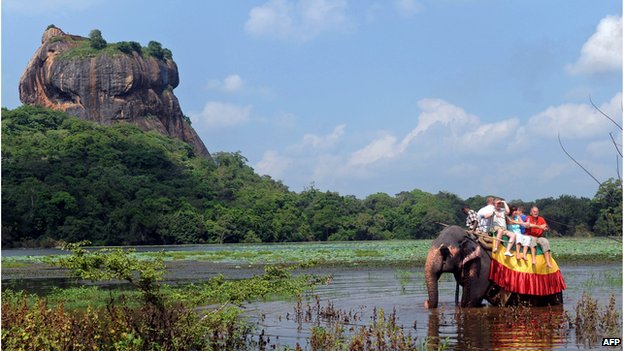
This ancient land is blessed with a slew of sites which have immense historical and archaeological significance. Some of these sites have made way into the UNESCO’s map of World Heritage Sites. These places have emerged as the hub of tourists from all across the globe fascinating the beholders at the very first glimpse. There are 8 UNESCO World Heritage Sites within the island.
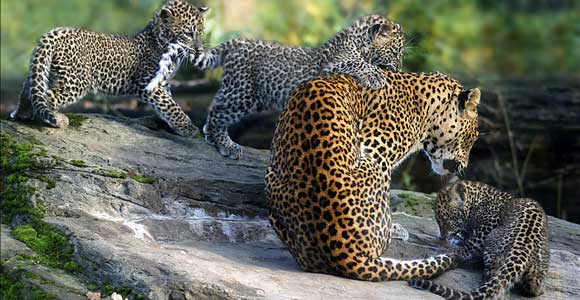
There are 15 national parks showcasing an abundance of wildlife. Despite its small size, Sri Lanka boasts of one of the highest rates of biological endemism in the world whether in plants or animals and is included among the top five biodiversity hotspots in the world.
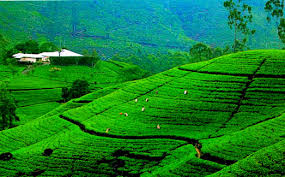
Nearly 500,000 acres of lush tea estates dot the highlands. Worthy of note is the Horton Plains, surrounded by some of the best tea growing areas such as Uva to the east, Balangoda to the south, Dimbula to the west and Nuwara Eliya Planting region to the north.
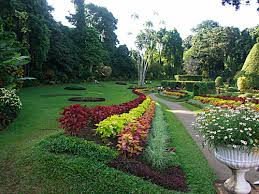
Sri Lanka boasts of 250 acres of botanical gardens, which attracts 2 million visitors annually. Some are renowned for its collection of a variety of orchids.
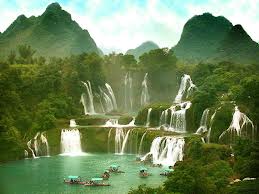
The central highlands is adorned with a number of enchanting natural water-falls, hills and slopes forming the most beautiful landscapes one can imagine. It is home to 350 waterfalls and 25,000 water bodies.
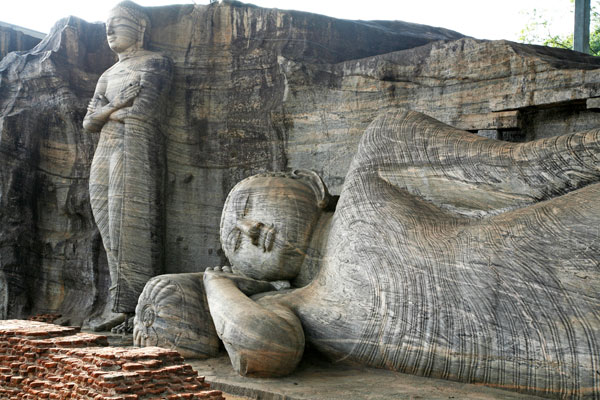
Sri Lanka’s historical and cultural heritage covers more than 2,000 years. Known as Lanka–the “resplendent land”–in the ancient Indian epic Ramayana, the island has numerous other references that testify to the island’s natural beauty and wealth. Islamic folklore maintains that Adam and Eve were offered refuge on the island as solace for their expulsion from the Garden of Eden.
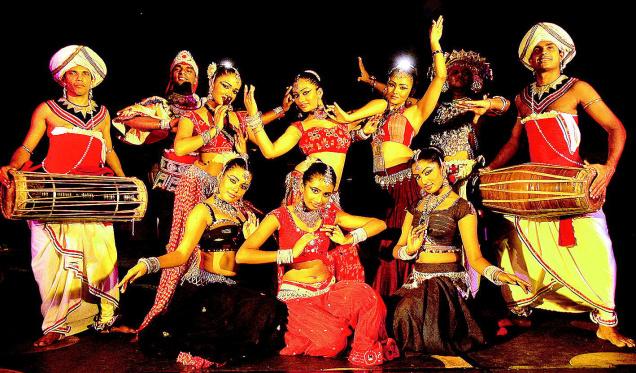
Asian poets, noting the geographical location of the island and lauding its beauty, called it the “pearl upon the brow of India”.
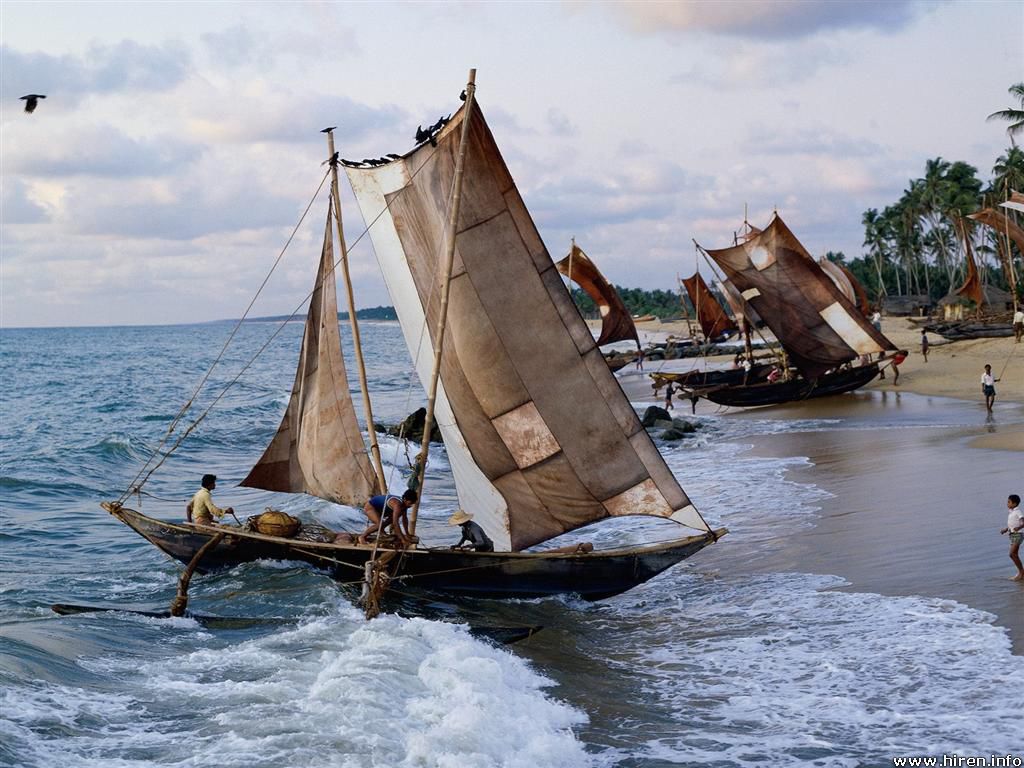
The island is surrounded by the Indian Ocean and traditional fishing is one of its main incomes. The annual fish harvest in 2012 has increased 57 percent to over 486,000 metric tons.
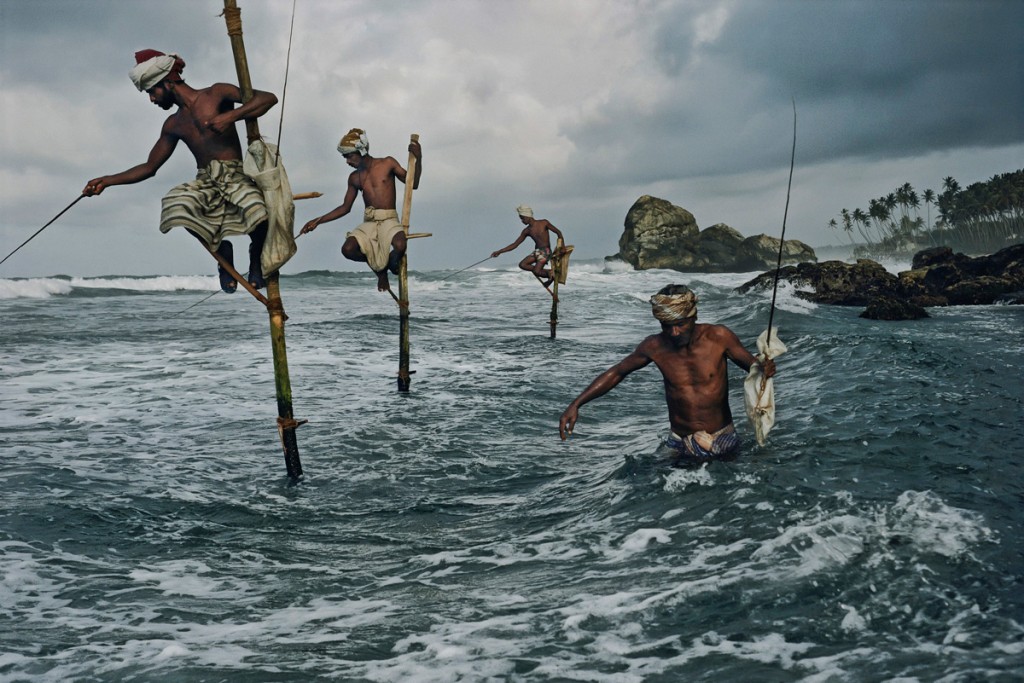
In the southern cost there is a novel form of fishing perched on stilts. This method of fishing is unique to Sri Lanka.
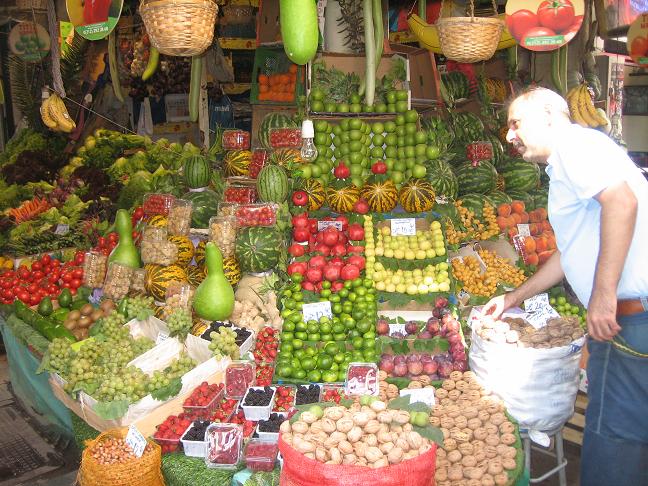
Sri Lanka has an amazing variety of tropical fruits. It produces more than 800,000 metric tons of fruits and vegetables annually and exports both fresh and processed varieties to many destinations in the world. 90 per cent of the fresh product is targeted to the Middle East and the Maldives Island and almost about 75 percent of the processed products to the European market.
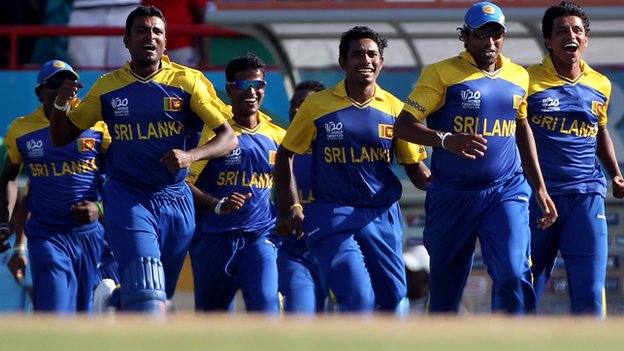
Sri Lanka joined the world map of sports after winning the cricket world cup in 1996. Since then it is dominating the shorter form of the game and the team members continue to win accolades for their excellent performances.
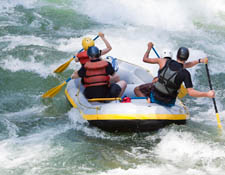

Sri Lankan Tourism is a main income earner and one of the advantages of being an island is that one has water all around and sandy beaches to match, where one can enjoy surfing in Hikkaduwa/Arugam bay, Jet Ski riding, boogie boarding in Bentota/Unawatuna and kite surfing in Kalpitiya all year around, in many locations around the island. The Kelani River with its grade three rapids, is ideal for white water rafting of both intermediate rafters as well as beginners.
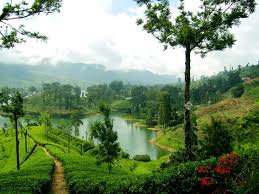
The central highlands of the island are filled with romantic landscapes, governed by rising mountains, lush forests, ocean like tanks and gushing waterfalls, mingling with the clouds and landscapes shimmering in sunlight and disappearing under the rising mist that it was considered the lost paradise by many a globe trotters, who fell upon the country.

The golden beaches of the country had been praised for their picture postcard views since eternity. The dusk and dawn and many human activities connected to these times of the day creates a vibrant picture along the coasts of Sri Lanka.
This is an island of magical proportions, once known as Serendib, Taprobane, the Pearl of the Indian Ocean, and Ceylon.
